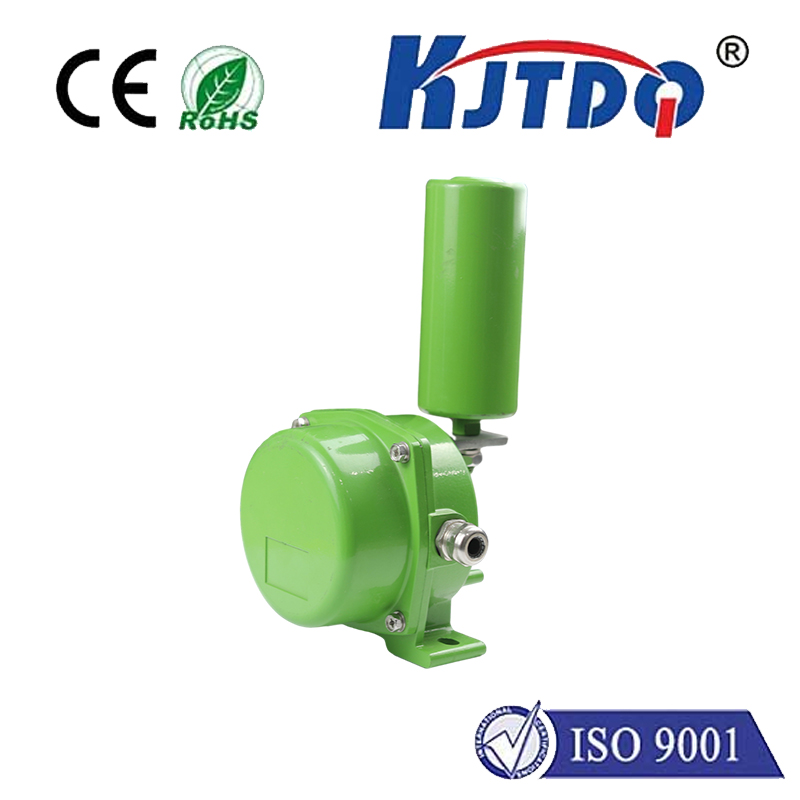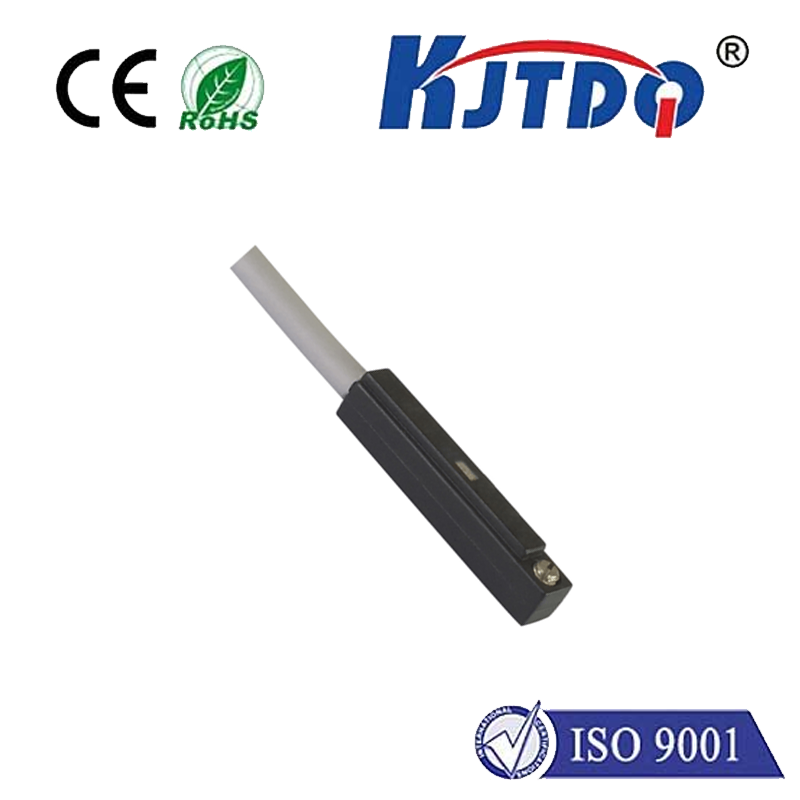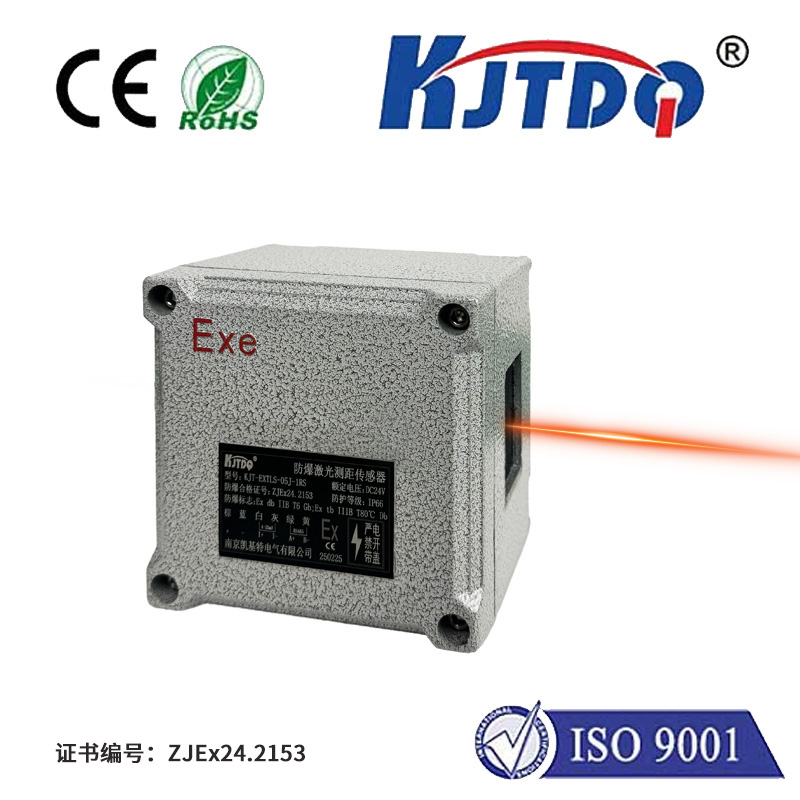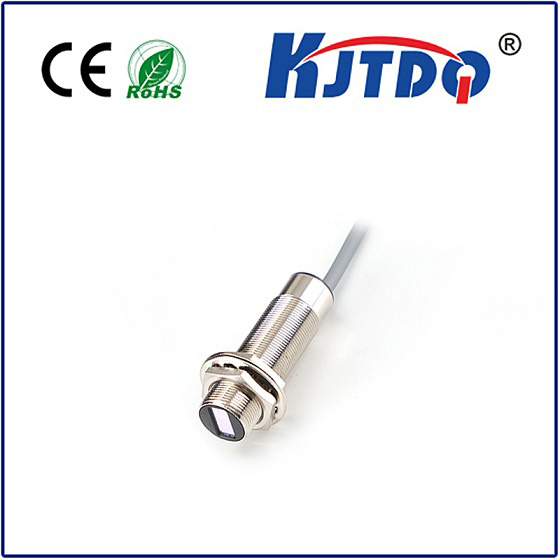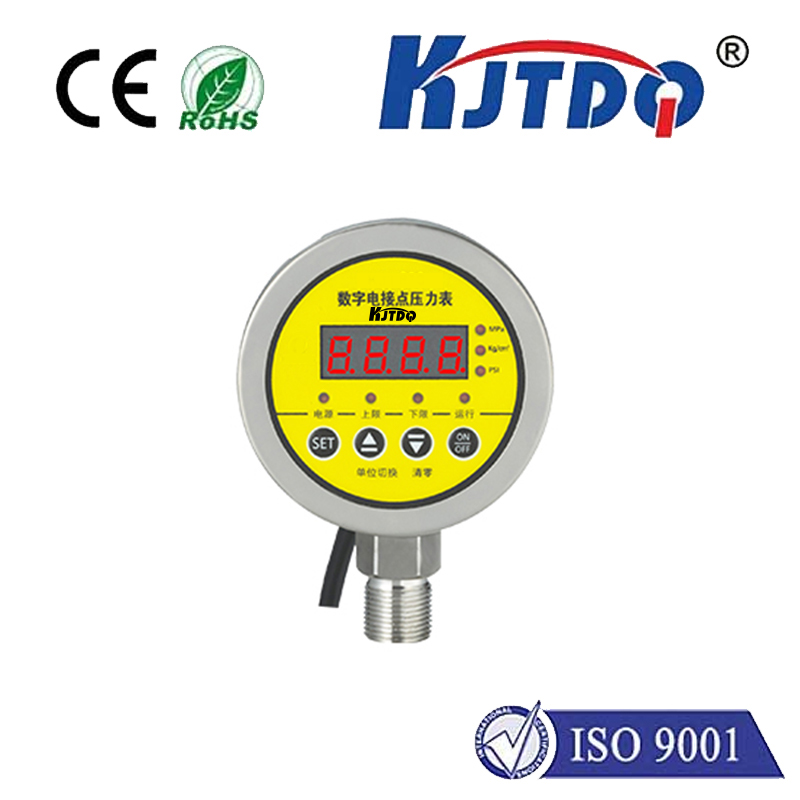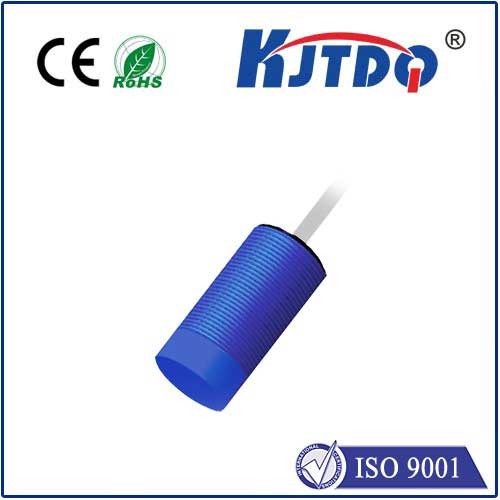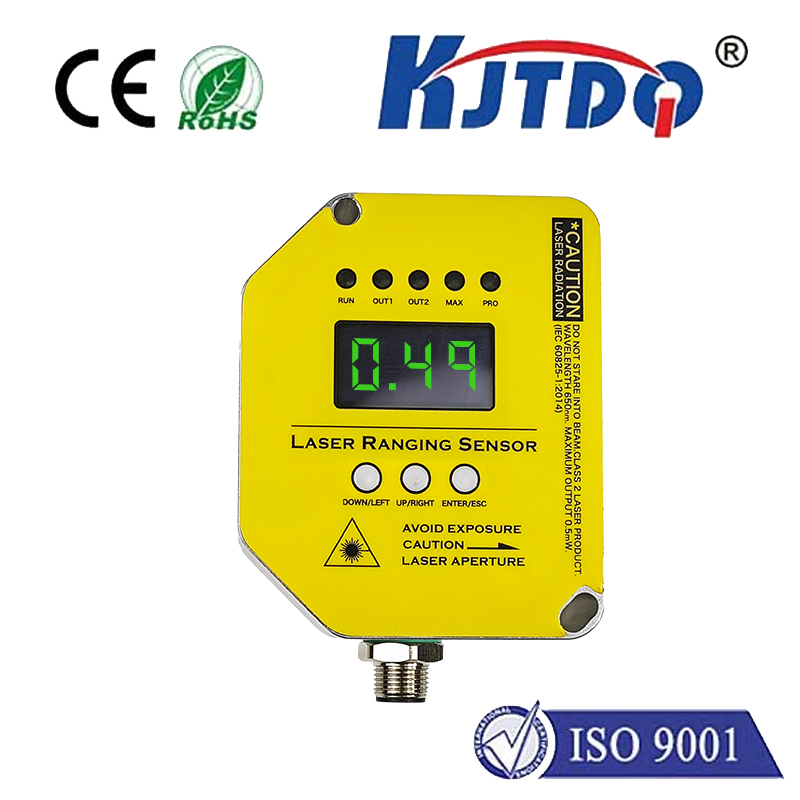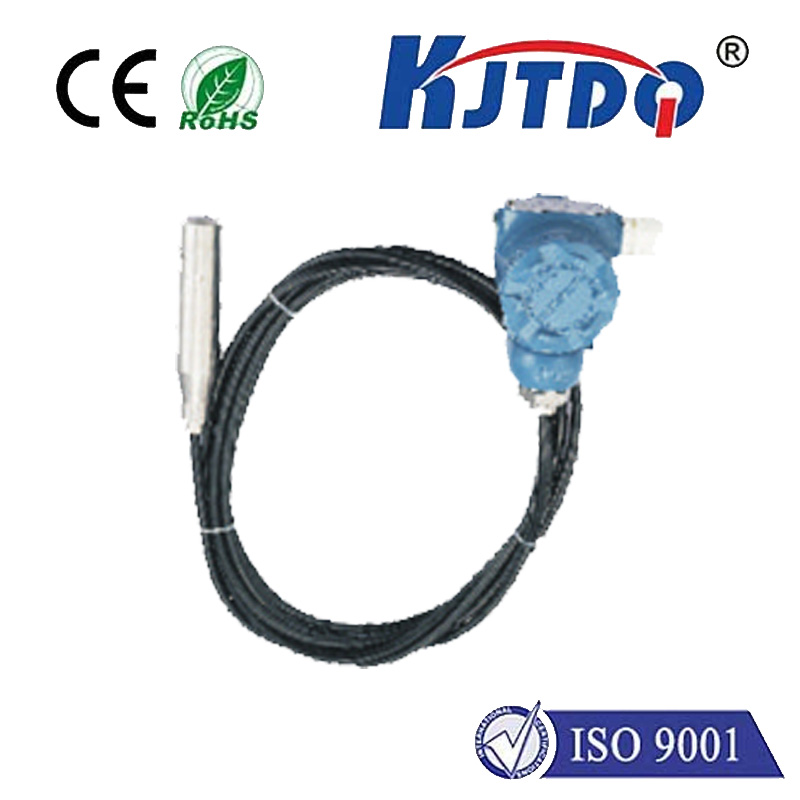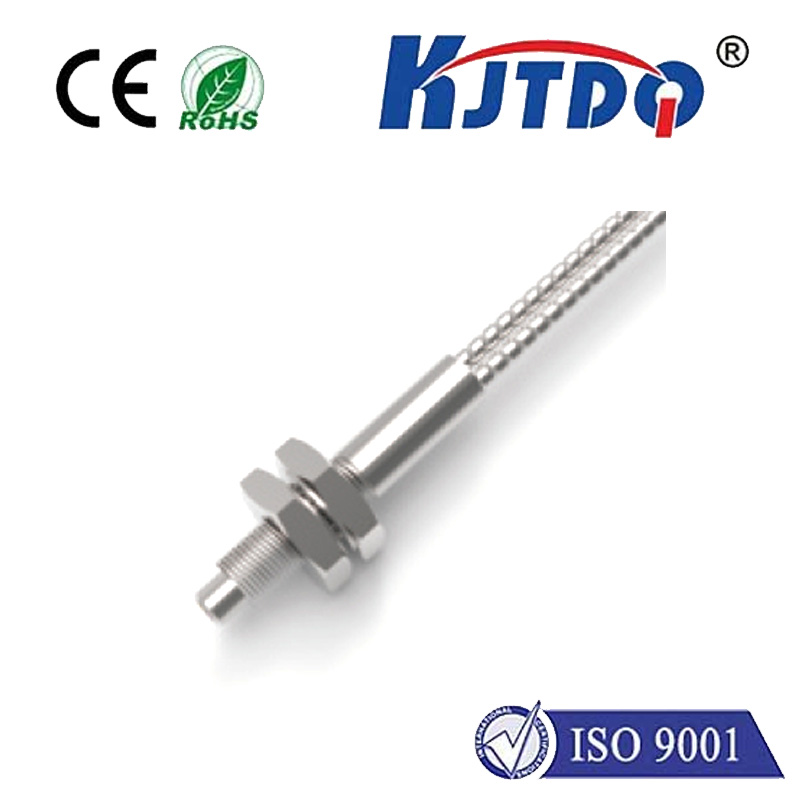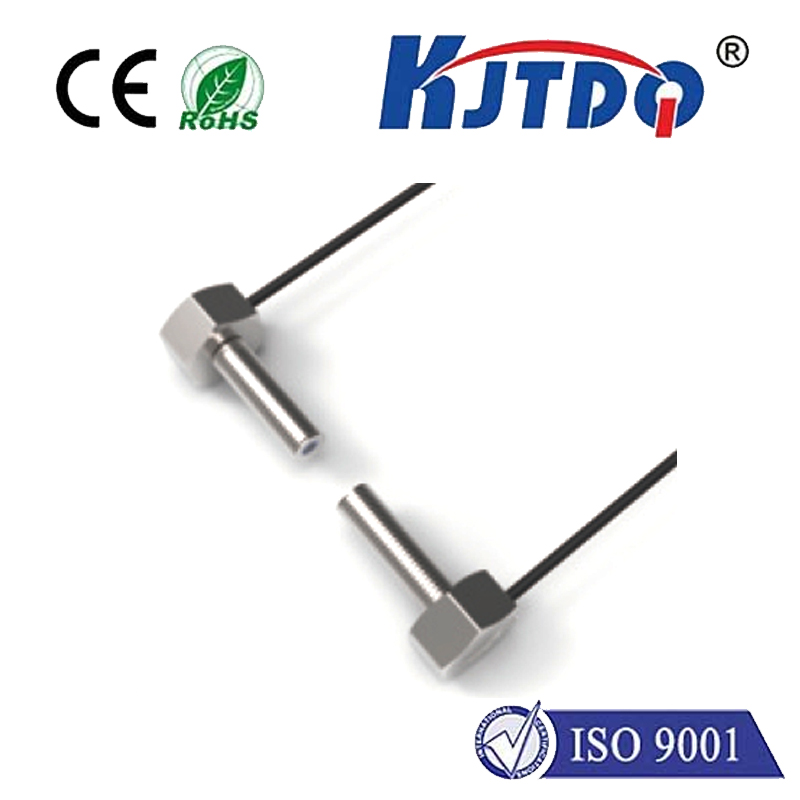

check

check

check

check

check

check

check

check

check

check
Capacitive proximity sensors are electronic devices that detect the presence of an object or person without any physical contact. They work by measuring the changes in capacitance caused by the presence of an object near the sensor. There are different types of capacitive proximity sensors available, each with its unique features and applications. In this article, we will discuss some of the most common types of capacitive proximity sensors.
1. Parallel Plate Capacitive Proximity Sensors
Parallel plate capacitive proximity sensors consist of two parallel plates separated by a small distance. When an object comes close to the sensor, it alters the electrical field between the plates, causing a change in capacitance. These sensors are commonly used in industrial automation for detecting objects moving on conveyor belts or for monitoring liquid levels in tanks.

2. Interdigital Capacitive Proximity Sensors
Interdigital capacitive proximity sensors have interlocking fingers or electrodes that create an electric field. When an object approaches the sensor, it disrupts the electric field, causing a change in capacitance. These sensors are highly sensitive and can detect objects at very close ranges, making them ideal for applications such as touch screens, gesture recognition, and medical devices like respirators.
3. Differential Capacitive Proximity Sensors
Differential capacitive proximity sensors use two separate capacitive elements to detect the presence of an object. One element acts as a reference while the other detects changes in capacitance due to the presence of an object. This type of sensor is often used in applications where accuracy and stability are critical, such as automotive systems, robotics, and security systems.
4. Frequency Modulated Capacitive Proximity Sensors
Frequency modulated capacitive proximity sensors operate by modulating the frequency of an oscillator based on the changes in capacitance caused by the presence of an object. These sensors offer high resolution and sensitivity, making them suitable for applications such as precision positioning systems, machine vision, and scientific instrumentation.
In conclusion, capacitive proximity sensors come in various types, each with its unique features and applications. By understanding their working principles and characteristics, you can choose the right sensor for your specific needs and requirements.
